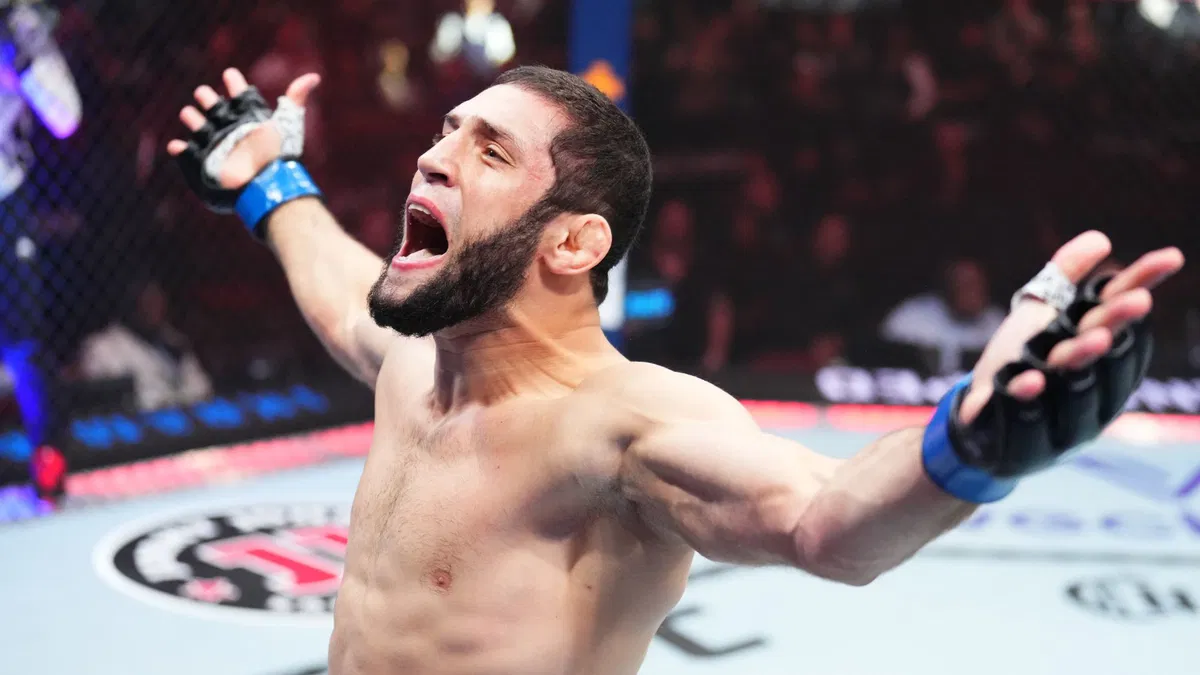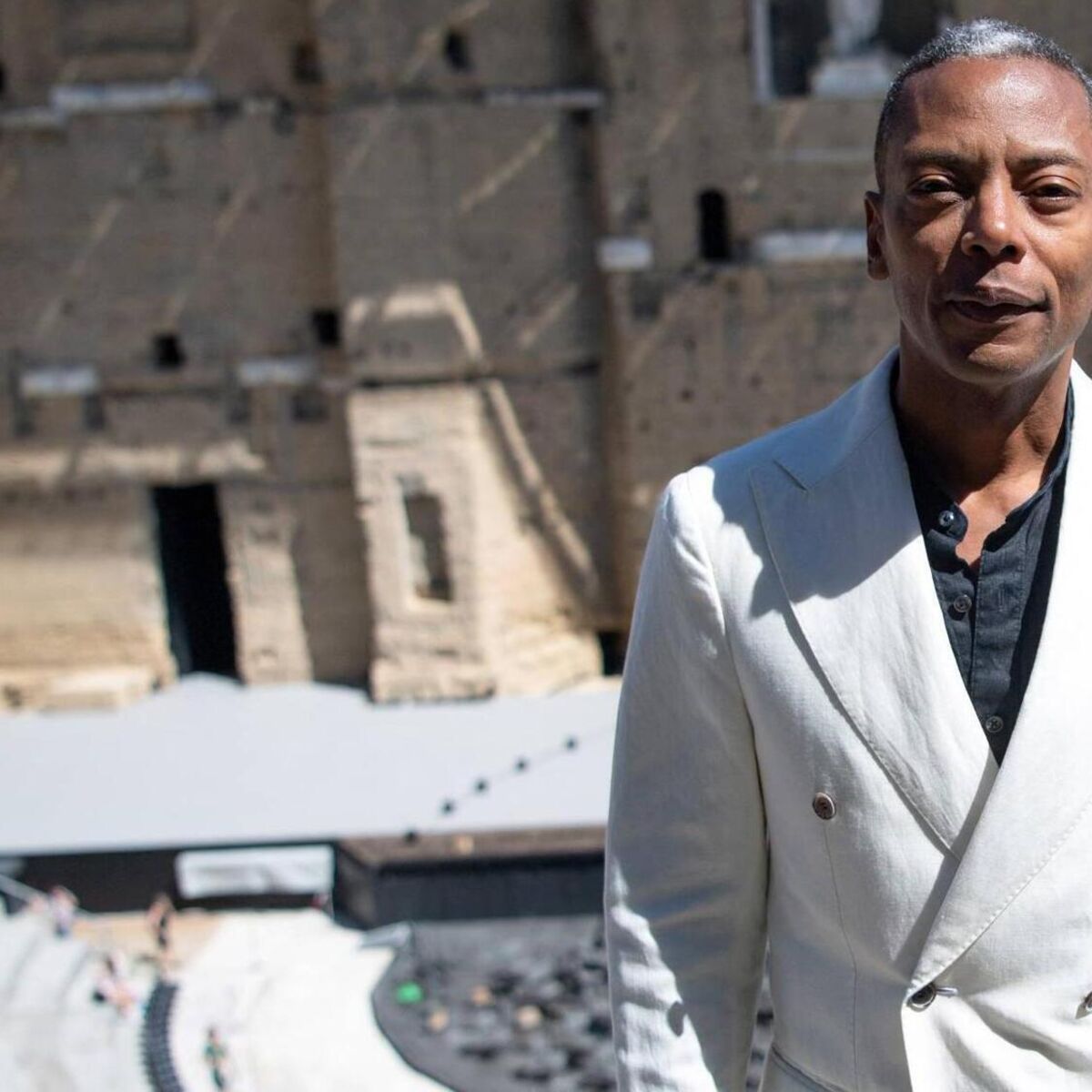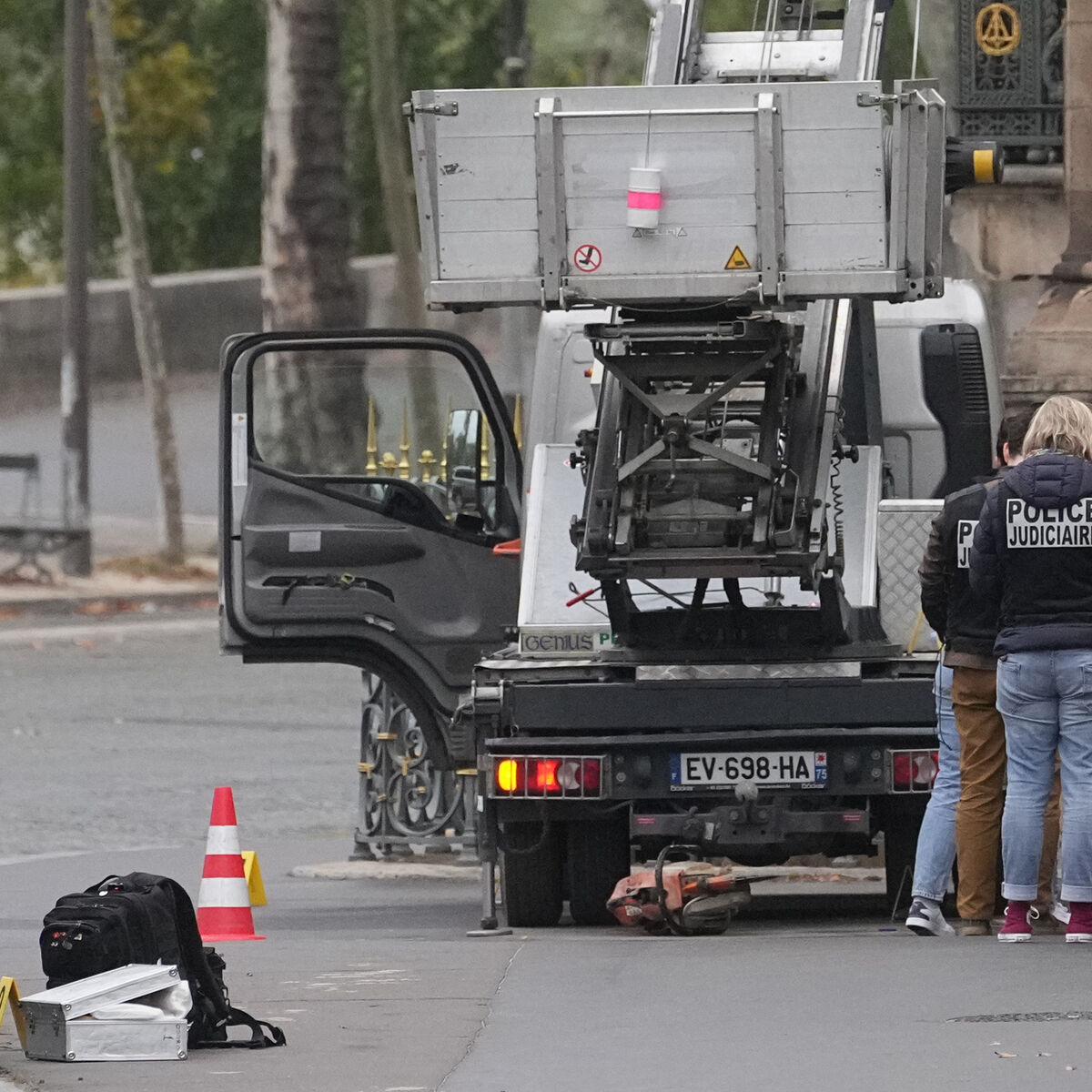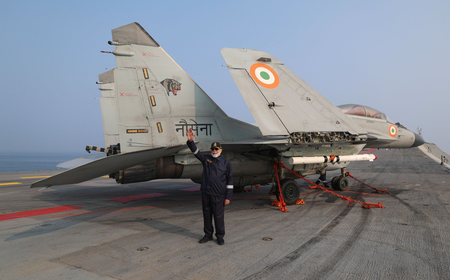Copyright Essentially Sports

In the land of Dagestan, combat isn’t just a sport; it’s a way of life. And from that rugged soil rose Ikram Aliskerov, a fighter whose blend of power, precision, and patience has turned heads in the UFC middleweight division. Born on December 7, 1992, in Kasumkent, Aliskerov began training in sambo and judo as early as the fifth grade. Under the guidance of coaches from the legendary Abdulmanap Nurmagomedov’s gym, he was molded in the same fighting culture that produced legends like Khabib. Now, with UFC 321 on the horizon and a bout against Jun Yong Park looming, fans are asking, what makes Aliskerov so unique inside the Octagon? Let’s break down the Dagestani native’s signature blend of combat sambo and striking artistry! ADVERTISEMENT Article continues below this ad What Makes Ikram Aliskerov’s Fighting Style Unique in UFC Middleweight Division? Much like Islam Makhachev and Khabib Nurmagomedov, Ikram Aliskerov also hails from the mountainous region of Dagestan in Russia. Coincidentally, he also has his major fighting background in combat sambo. The 32-year-old has accomplished a lot as a Sambo fighter. While competing as a fighter under the FIAS banner, Ikram Aliskerov became a two-time World Champion in 2014 and 2015. But that isn’t all, because Aliskerov bagged a lot more honors in the years before his FIAS triumphs. In 2012, the 16-2 MMA star registered a gold medal win at the World Combat Sambo Championship in the 82 kg weight category. That win showed that Aliskerov could move to MMA one day as he performed better than former Bellator welterweight champion Yaroslav Amosov, a beast in Combat Sambo. Aliskerov won another world championship that year, defeating Amosov once again. ADVERTISEMENT Article continues below this ad Aliskerov’s Sambo career was nothing less than extraordinary, as he had wins over some of the most skillful Sambo athletes in the world. Besides Amosov, the Dagestan native also beat Raimond Magomedaliev and Murad Kerimov. Unlike many Dagestani fighters who rely heavily on wrestling, Aliskerov’s game is defined by a sharp, intelligent jab as we now shift our focus over to how he has adapted his sambo roots to demolish opponents inside the Octagon! Read Top Stories First From EssentiallySports Click here and check box next to EssentiallySports How Does His Combat Sambo Background Influence His MMA Approach? In MMA, striking is as important as wrestling and grappling, and Ikram Aliskerov is well-loaded with both skills. His striking revolves around his jab. According to an analysis by ‘The Fight Premier’, Aliskerov is a fairly dangerous striker when it comes to using the V-step, a type of movement that involves moving ahead straight while stepping back diagonally to any side. It could be right or left. ADVERTISEMENT Article continues below this ad Aliskerov also has a knack for demonstrating the proper use of safety lead, which is a way to throw a punch, a jab to be exact while moving towards the opponent diagonally. The safety lead and the V-step are instrumental ways of making a jab most effective, and that’s what Ikram Aliskerov is good at. And when it comes to the fence, his sambo instincts shine. He uses throws like uchi-mata and harai-goshi to off-balance opponents trapped against the cage, creating scrambles and reversals out of nowhere. He’s used these moves effectively against fighters like Chad Hanekom and even Khamzat Chimaev, proving that even under pressure, his fundamentals hold strong. But what’s fascinating is how sambo also shaped his patience. Unlike pure strikers who chase knockouts, Aliskerov flows between wrestling and striking, always adapting. If he loses a striking exchange, he closes the distance. If he gets tied up, he trips or throws. It’s a fluid dance between chaos and control, the hallmark of a true sambo fighter. With all that being said, let’s dive into a deeper analysis of his style and the possible gaps in his armor! Analyzing Aliskerov’s Strengths, Weaknesses, and Signature Techniques Let’s be honest, no fighter is perfect. And Aliskerov, for all his brilliance, has cracks in his armor too. His jab is both his sword and his shield, but it comes at a cost. As The Fight Primer notes, “Opponents who attempt low kicks early have success.” While stepping left to jab, Aliskerov’s lead leg can be caught, buckled, or swept out entirely. Fighters like Chad Hanekom and Mário Sousa exploited this early in their fights, forcing him to adjust mid-bout. Even Khamzat Chimaev exposed this vulnerability. During their Brave CF fight, a well-timed low kick froze Aliskerov’s stance, just long enough for Chimaev to sneak in an uppercut from inside the jab, a punch so rare and precise it shocked him mid-motion. Still, Aliskerov’s strengths far outweigh his flaws. He’s at his best when he holds a reach or height advantage, where his jab can dictate range and his right hand becomes a weapon of precision. He uses his jab to set up three main tools: a powerful right hand, a left kick or a jumping knee, and a level change for the takedown. That combination of unpredictability keeps opponents guessing. Will he shoot, punch, or kick? They rarely know until it’s too late. But perhaps his biggest weapon isn’t physical, it’s mental. The calmness. The composure. The silent, calculating rhythm that defines every move he makes. As he prepares for UFC 321 against Jun Yong Park, one question lingers, can Aliskerov refine his tools enough to climb the middleweight ranks and challenge the elite?



